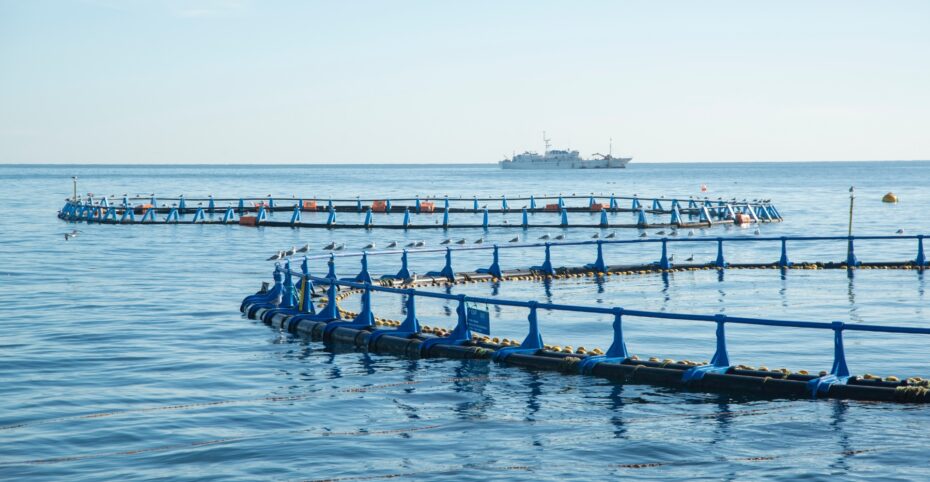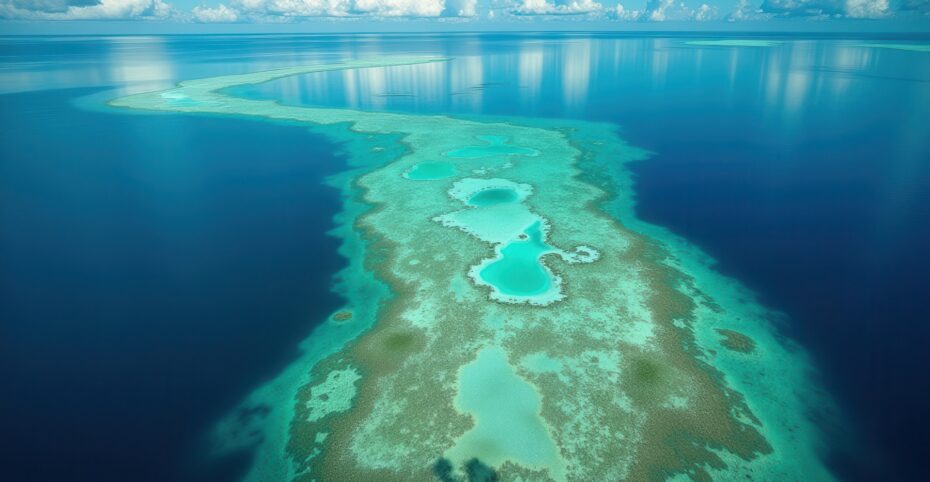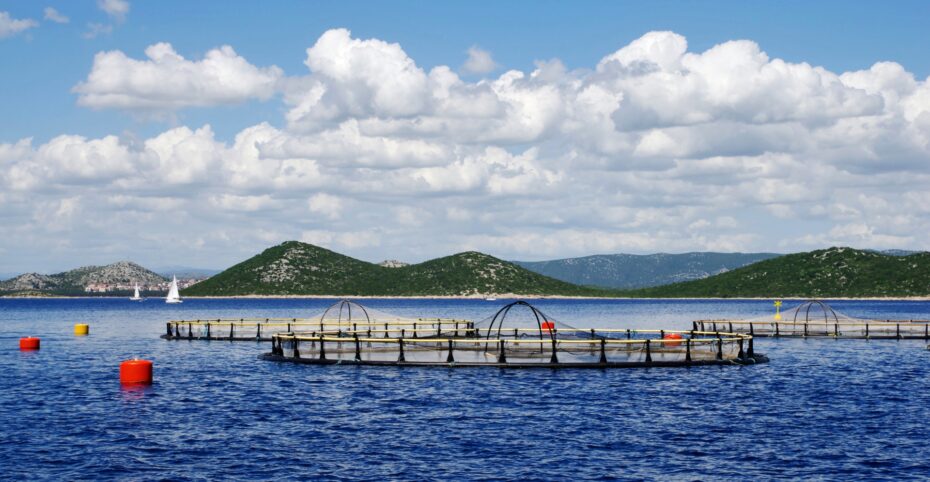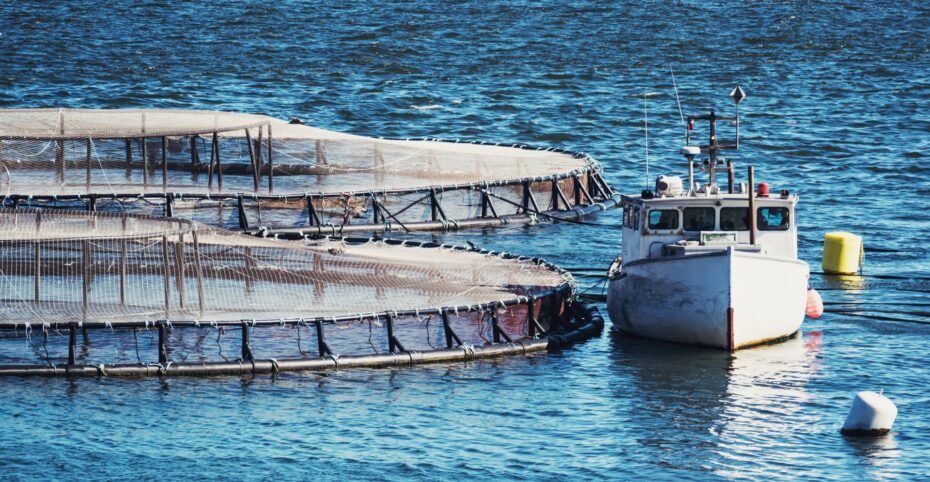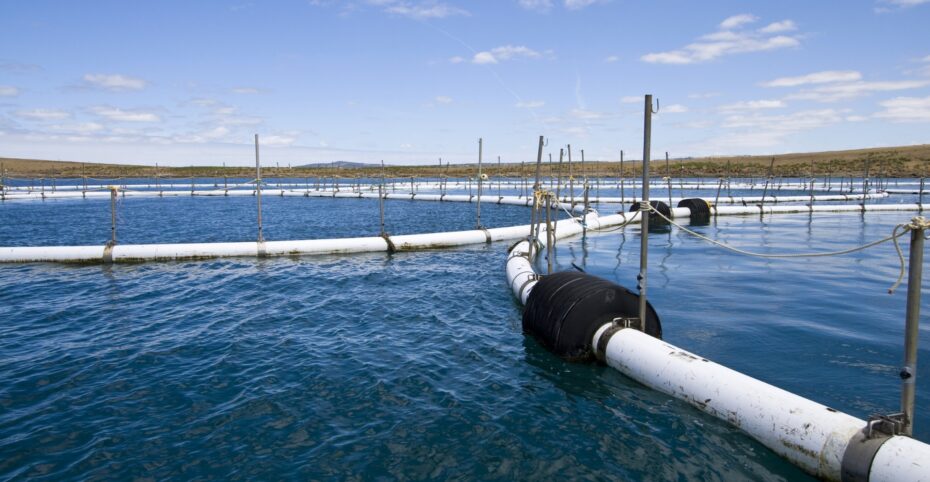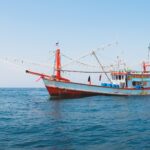Aquaculture Stewardship Council (ASC): Who They Are & Why Fish Farms Must Invest in Certification
Although aquaculture can be the solution to overfishing, the industry still faces several challenges to ensure sustainable seafood production. From by-product environmental pollution to non-native fish species escapes, resources are available to help address these issues—such as certification from the Aquaculture Stewardship Council (ASC). Learn more about the ASC certification, its benefits, and why it’s […]

